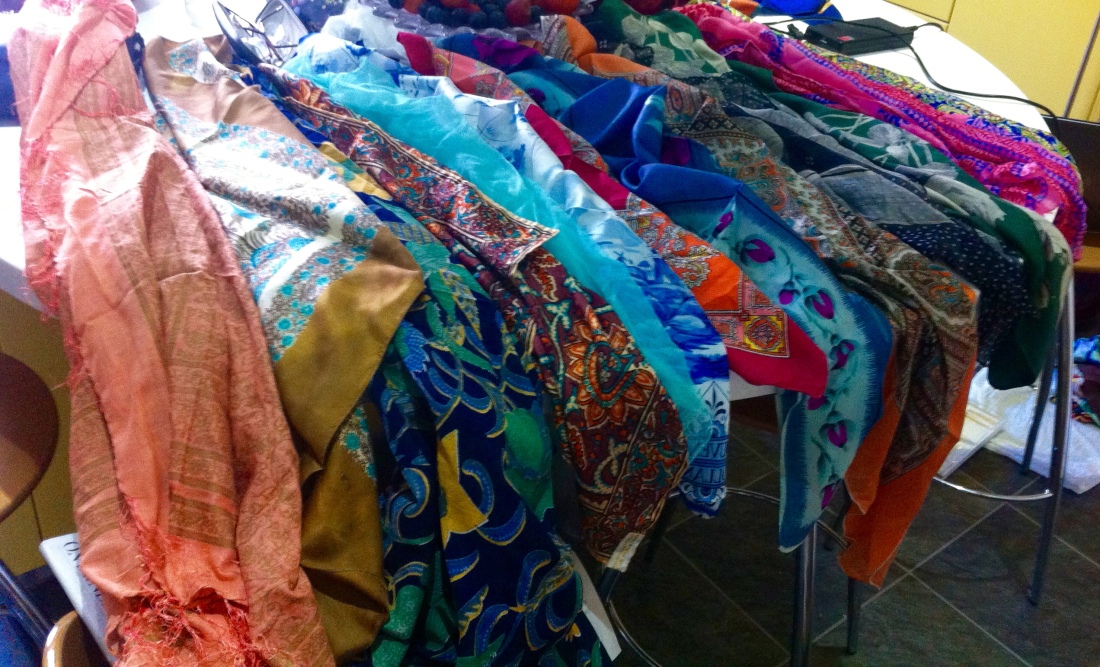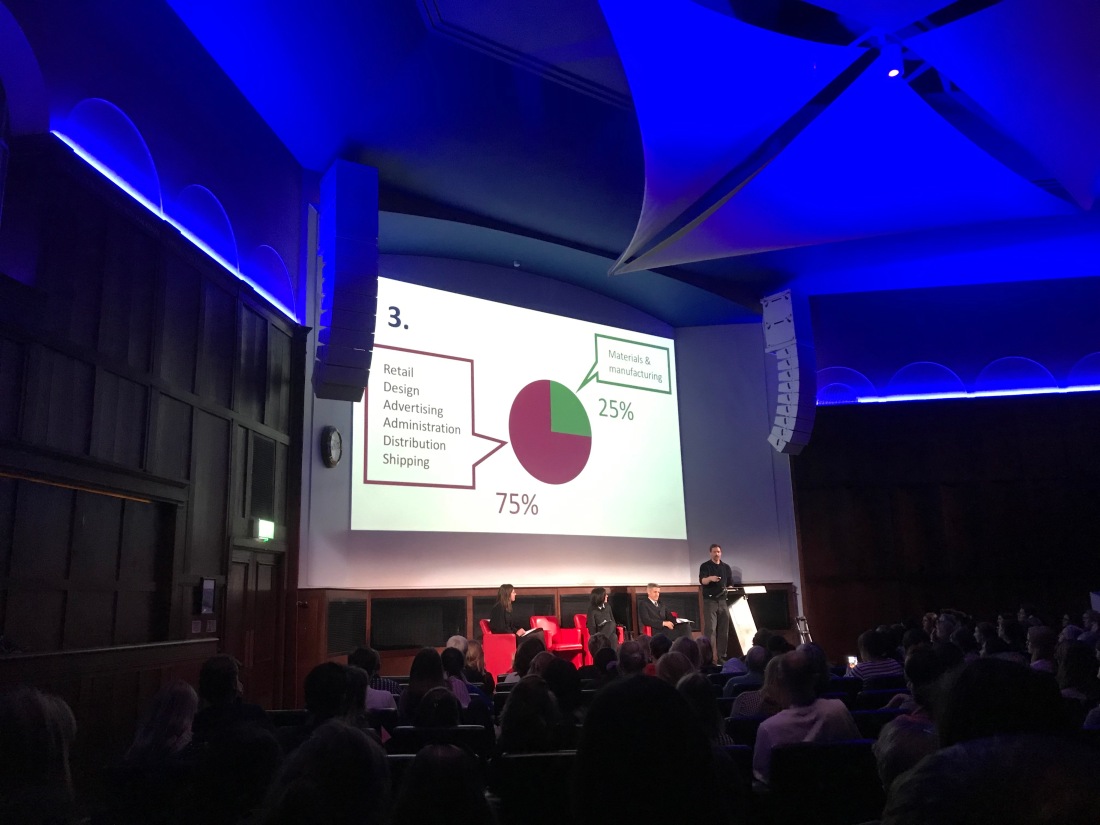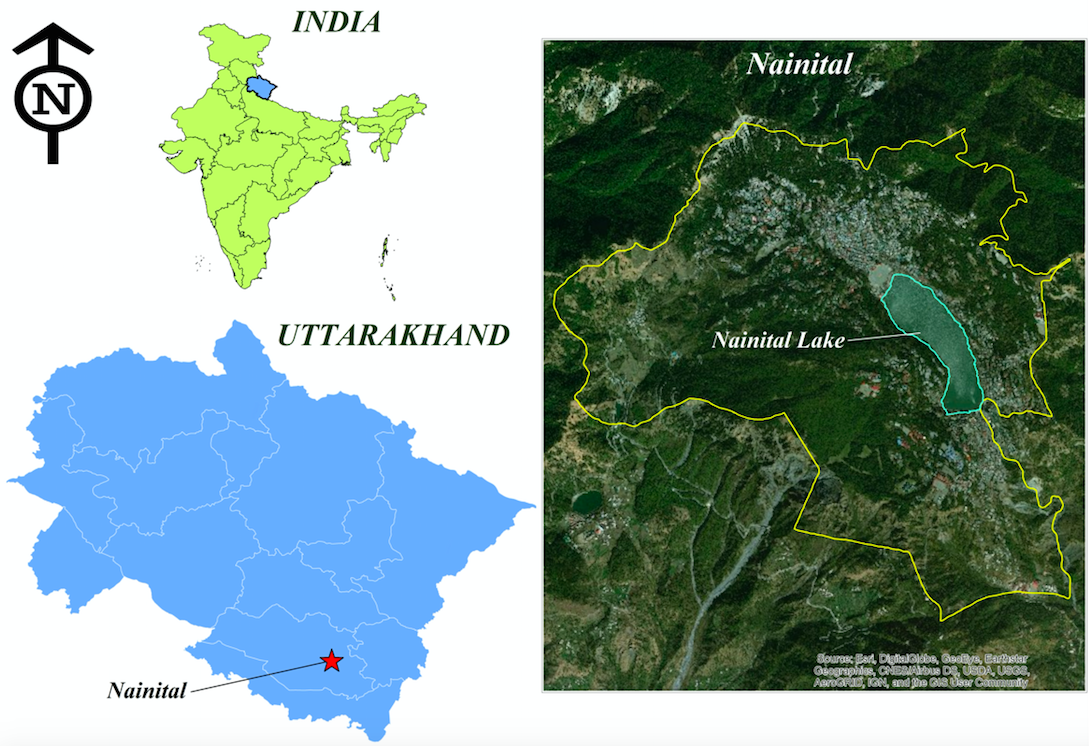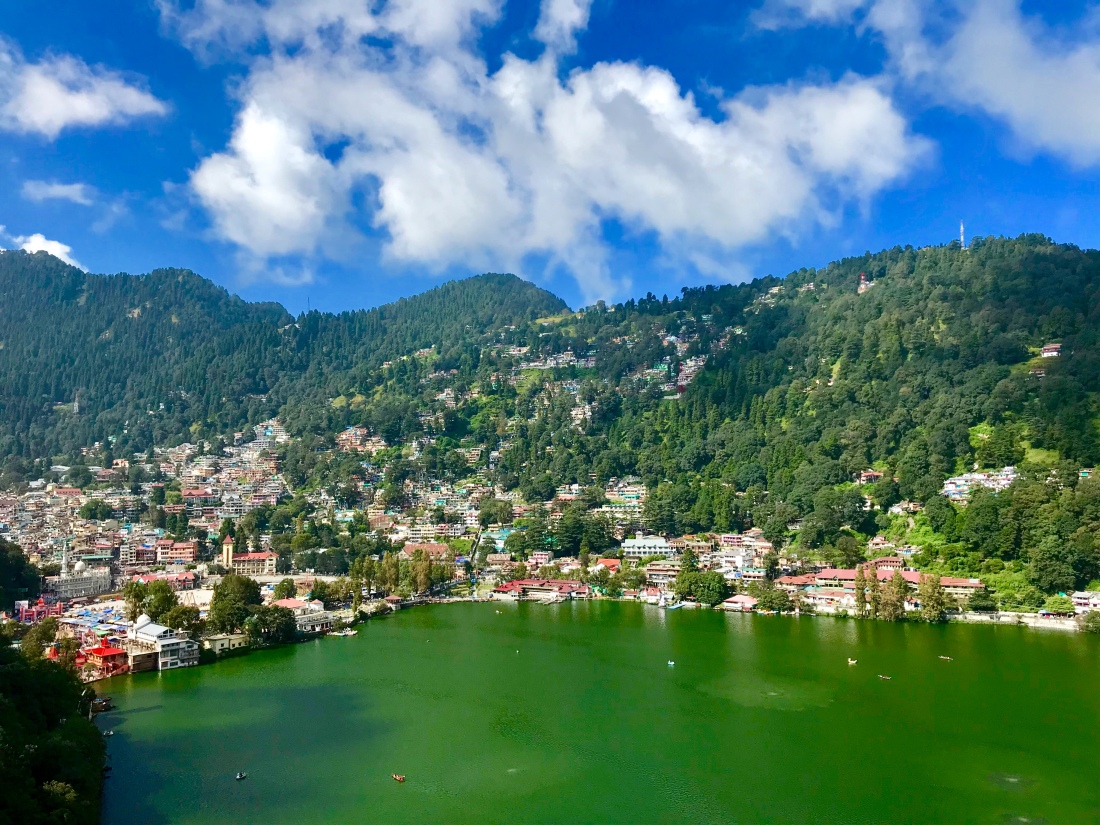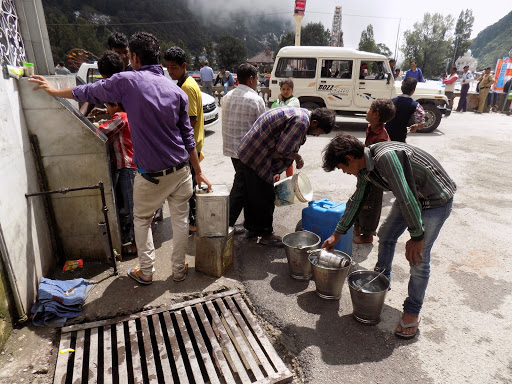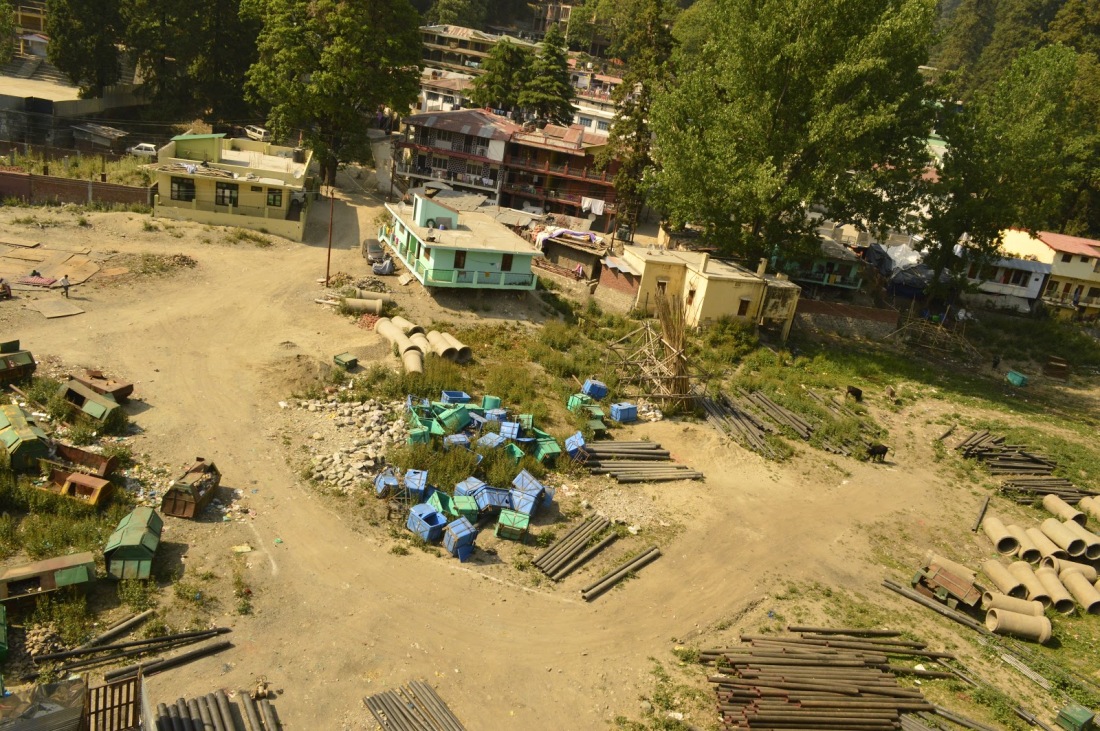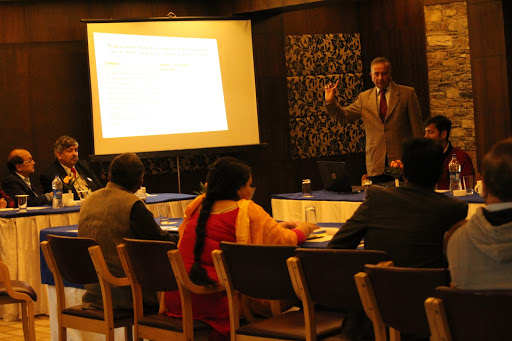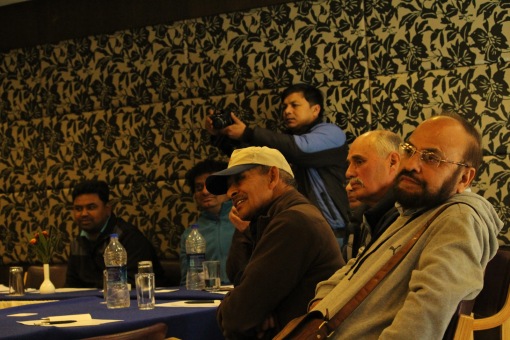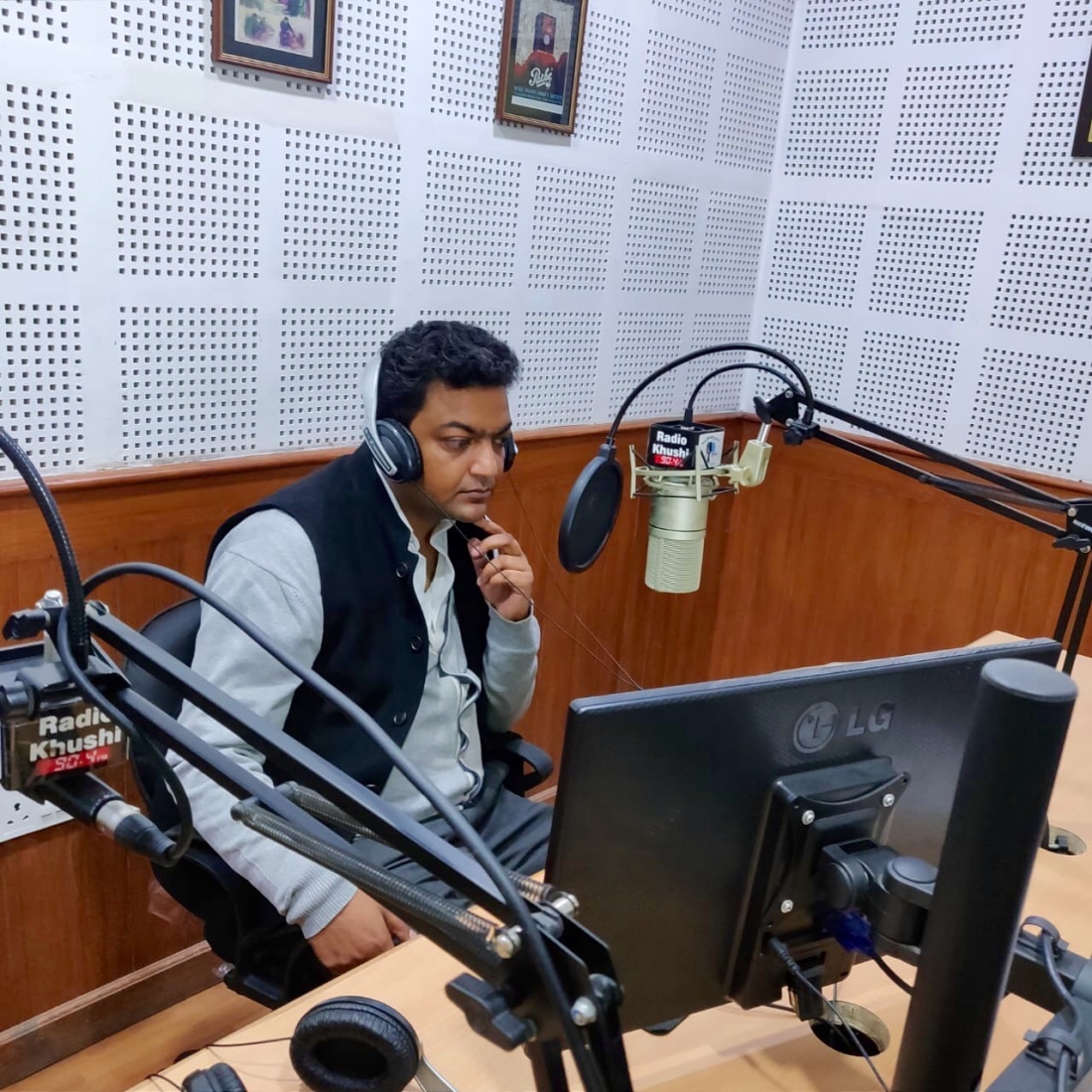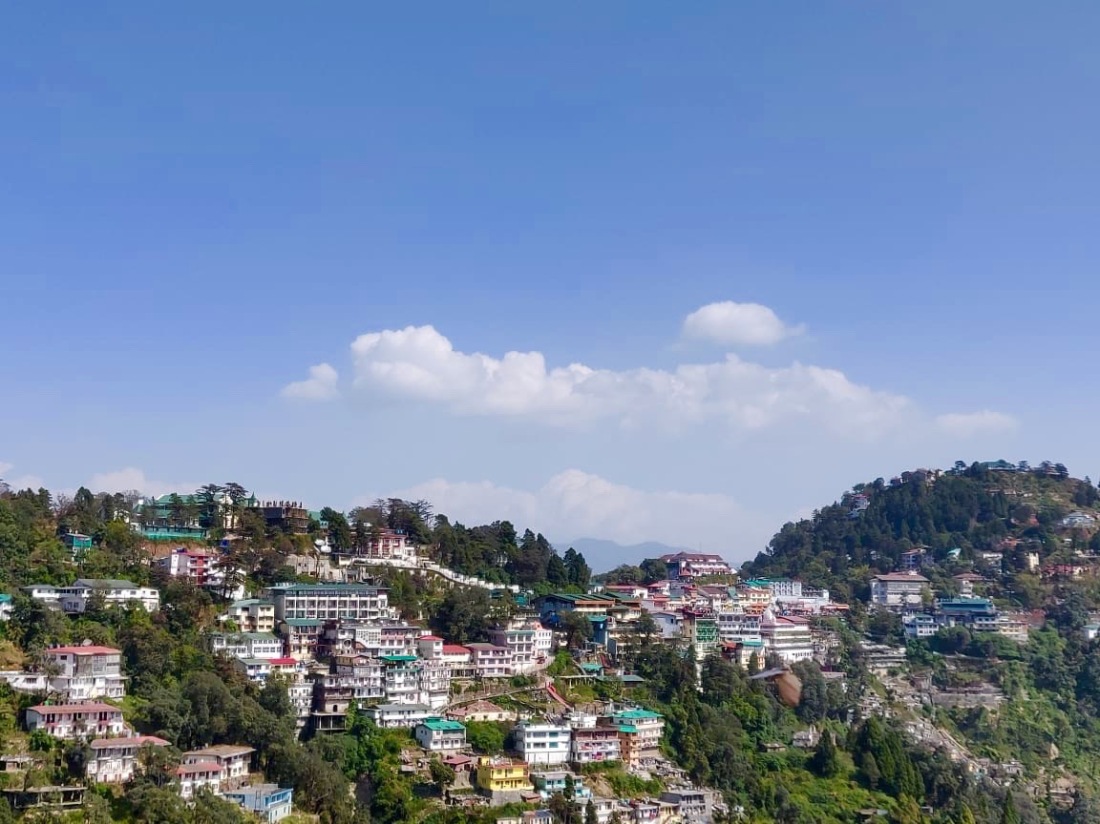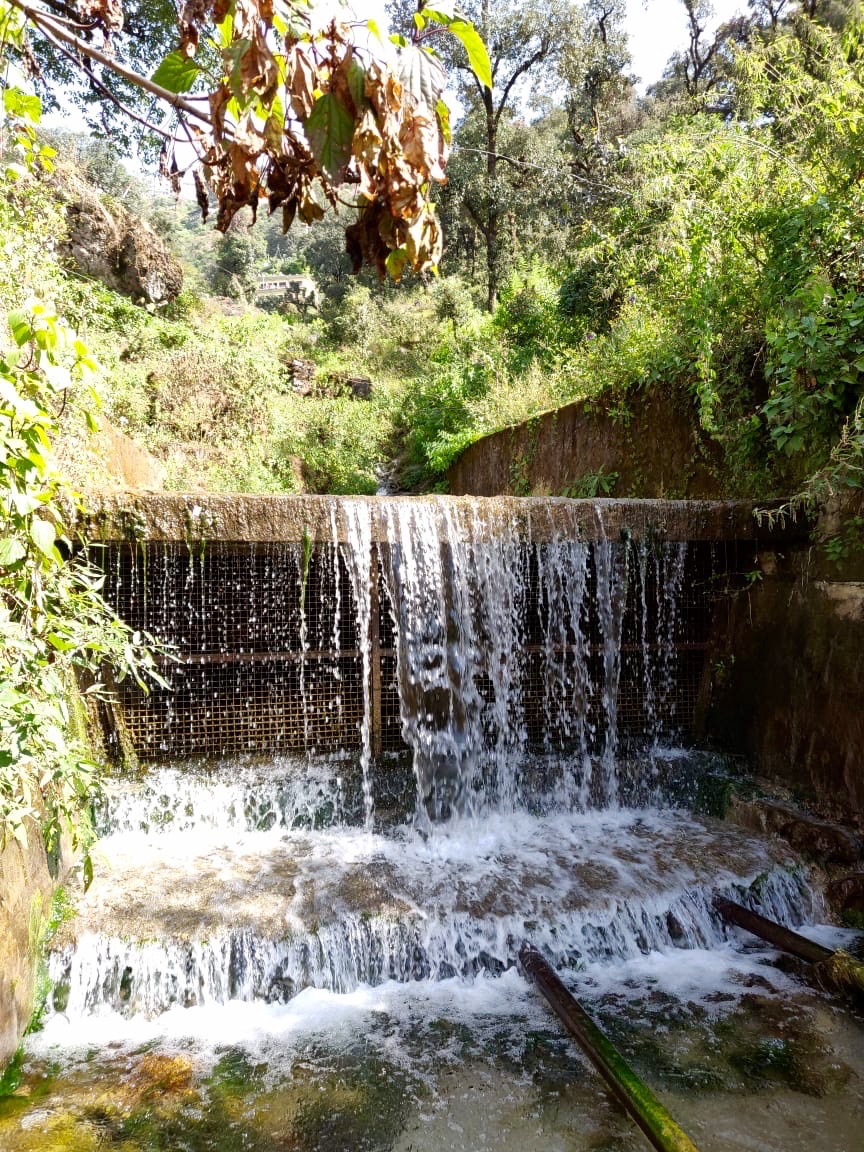How epistemic injustice remains an ongoing battle for Northern indigenous peoples
“Our identity is not up for negotiation”
Bernadette Demientieff, Executive Director Gwich’in Steering Committee
The storytellers and the stories they tell
Back in February, I was sitting in the Royal Geographic Society’s lecture theatre and the explorer Sir David Hemplemen-Adams bounded onto the stage and began telling the excited audience about his most recent adventure circumnavigating the polar ocean in one season. I felt like I had stepped back in time with Hemplemen-Adams’ complete silence on indigenous people when telling the story of Franklin’s 1845 polar expedition.
Sir John Franklin returned to England after ending his role, as the colonial governor of Tasmania, under a political cloud. In a bid to restore his reputation he embarked on the infamous expedition to discover the Northwest Passage. However, the two ships disappeared without trace. His wife, Lady Jane Franklin campaigned for multiple expeditions to find the ships between 1850-1875. But the ships remained lost.

It was not until 2014 that HMS Erebus was found, with HMS Terror found two years later. These discoveries were achieved through a combination of the careful tracing of oral histories by Inuit Louie Kamookak and rising geopolitical tension which justified the financing of a new search for the Franklin ships. Western archaeologists had ignored Inuit knowledge for generations but as it turned out the ships were exactly where they had said they were.
This is an example of testimonial epistemic injustice (Fricker, 2013) where unfairness is displayed in trusting someone’s word and an incomplete narrative is the result. It is disturbing to think how many historic stories of national pride are in fact riddled with discrimination. It was even more uncomfortable to listen to this epistemic injustice being reproduced as Hemplemen-Adams stood in front of an audience and not only failed to mention that indigenous knowledge had been disregarded for generations, but that Inuit scholarship had been essential to the discovery.
Despite years of effort to combat epistemic injustice Western knowledge remains in a privileged position over Northern indigenous knowledge. This injustice has material consequences for the indigenous experience of contemporary society and environmental risks, like climate change.
Climate change: the next chapter
Climate change is warming the Arctic at twice the overall global rate (IPCC, 2018) which makes it a key ‘laboratory for science’, a ‘centre for geopolitics’ and a ‘space for climate witnesses’. This has inspired a revival of stories of Western ‘heroism’. For example, Hemplemen-Adams asserts that his expedition was a political act to draw attention to the environmental change. But it has also created opportunities for greater knowledge sharing. Indigenous activists and scholar’s calls for climate action have been heard and international actors have created platforms for indigenous climate change testimonials. However, this knowledge continues to be filtered in an unequal manner. For example, Bjørst (2012) draws our attention to the tight control of these testimonies. This can be understood as hermeneutical injustice (Fricker, 2013) whereby people face barriers in how they articulate their experiences.
The melting of the Arctic has also opened it up for intensified resource extraction. This geopolitical intensification can be seen in the increased number of National Arctic Policies from countries who do not have sovereign claim to the region. I found it extraordinary to see narratives of historic exploration used to justify contemporary ‘interest’. For example, the UK’s Arctic Policy makes reference to Franklin’s expedition. There are calls for the stronger inclusion of indigenous knowledge and voices in the development of the Arctic (Sandlos and Keeling, 2016). However, inclusion in current debates does not address the injustices of the past and ways in which they continue to shape people’s lives.

There is a long-hidden history of environmental disturbance in the Arctic (Nuttall, 2010). For example, the building of the Alaska Highway in 1942 is typically narrated as a success which contributed to the war effort and aided economic development. However, during my dissertation research in Beaver Creek I was told by members of the White River First Nation (WRFN) that the army and others had left a great deal of partially hidden industrial waste in their traditional territory. This pollution continues to impact the community today; for example, by influencing areas considered safe for traditional food harvesting.
It is striking that while indigenous knowledge is being called upon to narrate current environmental change, much less effort is put into disseminating stories of how colonisation changed indigenous environments. I found that members of the WRFN wanted to tell me about colonial environmental change not climate change. Thus, for many indigenous people inclusion in contemporary debates, over Arctic development and climate change, does not constitute justice while knowledge of past injustices remain ignored.
Re-telling the story
Decolonising knowledge is “a long-term process” (Tuhiwai Smith, 2010). So, the question is what kinds of specific strategies can be used to achieve epistemic justice and by whom?
One way to address epistemic injustice is to provide spaces for indigenous peoples to narrate their history, on their terms, and to disseminate this knowledge. One example is Canada’s Truth and Reconciliation Commission (TRC), set up in 2008 by the Government to document the history and lasting impacts of the Canadian Indian Residential School System. The trauma experienced by indigenous children in these colonial schools had largely remained hidden. In 2015 TRC released a report which concluded the system amounted to cultural genocide and shared 94 ‘calls to action’ regarding reconciliation between Indigenous peoples and non-indigenous Canadians (Koggel, 2018). This marked a step towards epistemic justice; however, work is required to continue to circulate this knowledge and understand how colonial injustice still shapes indigenous and non-indigenous relationships and experience.
Colonial explorers and settlers used maps as a tool of power, which simultaneously reflected and reinforced their world view. Despite historical evidence for indigenous contribution to Arctic exploration, they were predominantly left out of the history of polar mapping. One strategy to combat this epistemic injustice is the Pan-Inuit Atlas Initiative which provides a digital synoptic view of centuries of Inuit mobility and inhabitation based on historical documents, stories, interactive workshops. This resource is an important example of indigenous and non-indigenous people coming together to produce an accessible digital resource which allows rich indigenous knowledge to be made visible.
Concluding thoughts
These reflexive initiatives allow the co-production of knowledge that works to combat epistemic injustice. The recent waves of protests against systemic racism have made me reflect on how I remain part of a discriminatory system and as I embark on my master’s dissertation, I must strive to avoid reproducing epistemic injustice through ignorance. The co-production of ‘just’ knowledge is complex process, only through us engaging with it together, can inequality be truly understood, deconstructed and a fairer society be built.
Useful links
The Story of Franklin’s lost ships as told by National Geographic: https://www.nationalgeographic.com/news/2017/04/franklin-expedition-ship-watson-ice-ghosts/
Canada’s Trust and Reconciliation Commission: http://www.trc.ca/
Pan-Inuit Atlas Initiative: http://www.paninuittrails.org/index.html?module=module.about
References
Bjørst, L.R., 2012. Climate testimonies and climate-crisis narratives. Inuit delegated to speak on behalf of the climate. Acta Borealia, 29(1), pp.98-113.
Fricker, M., 2013. Epistemic justice as a condition of political freedom? Synthese, 190(7), pp.1317-1332.
IPCC, 2018. Summary for policymakers. In: Masson-Delmotte V et al (eds) Global warming of 1.5°C. an IPCC special report on the impacts of global warming of 1.5°C above pre-industrial levels and related global greenhouse gas emission pathways, in the context of strengthening the global response to the threat of climate change, sustainable development, and efforts to eradicate poverty. World Meteorological Organization, Geneva
Koggel, C.M., 2018. Epistemic injustice in a settler nation: Canada’s history of erasing, silencing, marginalizing. Journal of Global Ethics, 14(2), pp.240-251.
Nuttall, M., 2010. Pipeline dreams: People, environment, and the Arctic energy frontier. Copenhagen: IWGIA.
Sandlos, J. and Keeling, A., 2016. Aboriginal communities, traditional knowledge, and the environmental legacies of extractive development in Canada. The Extractive Industries and Society, 3(2), pp.278-287.
Tuhiwai Smith, L. (2010). Decolonizing methodologies. Zed Books, London.
